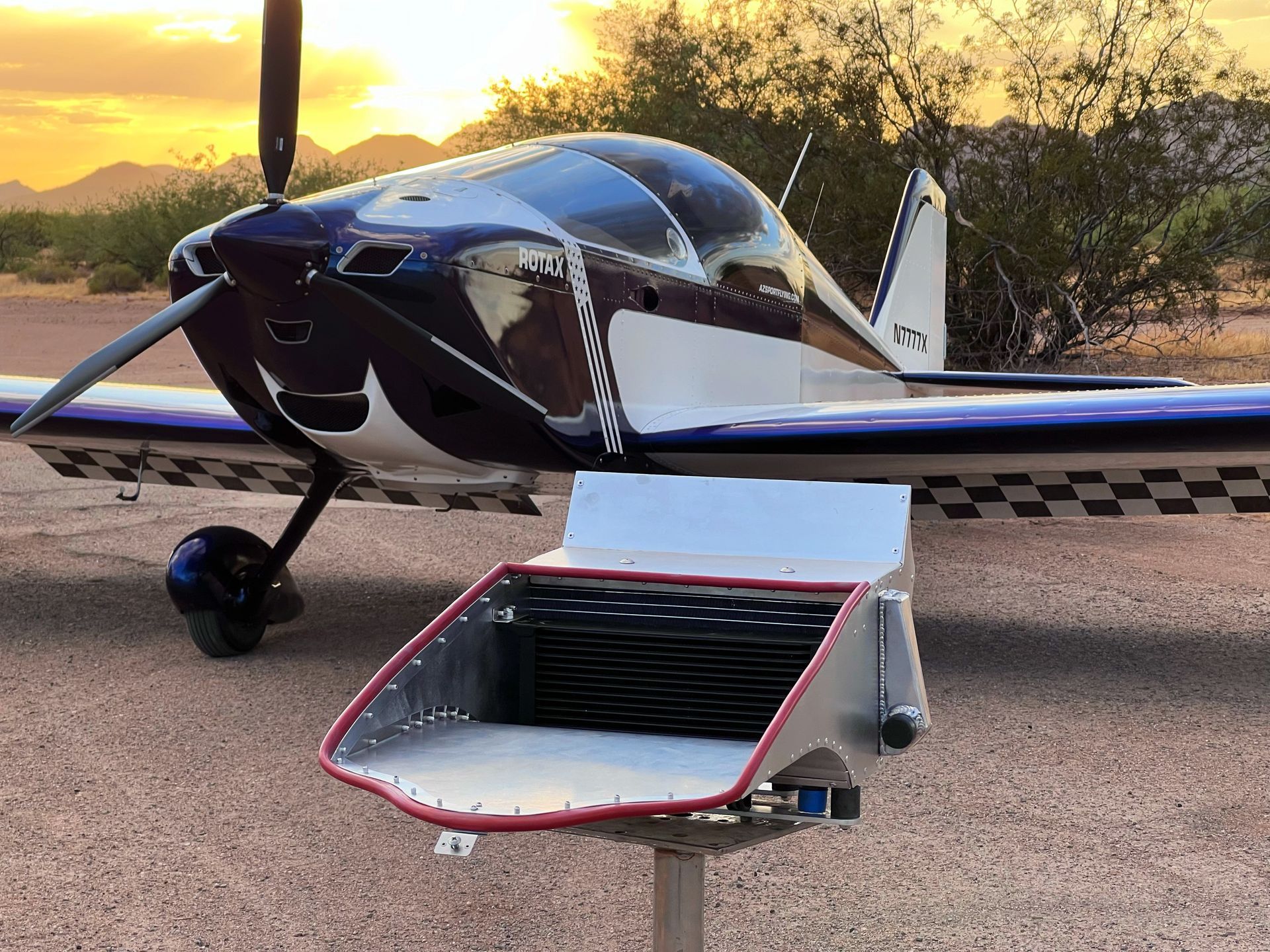Lets talk... Spinners!
Every aircraft deserves a spinner.
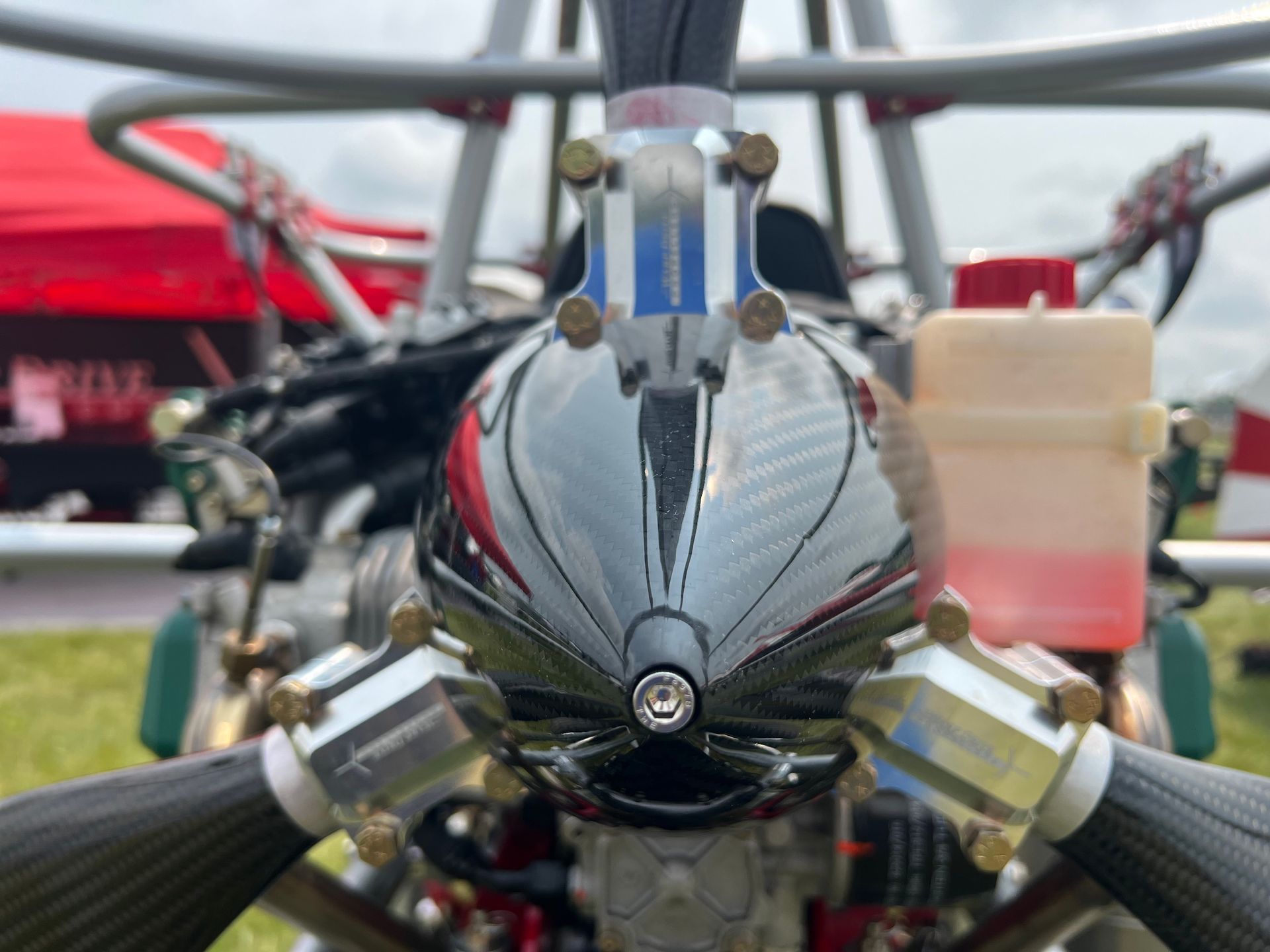
Whether it's a tractor, pusher, VTOL, you name it, spinners have more purposes than most people imagine.
First thing that comes to mind is a spinner cleans up the look of a naked propeller hub. Most people just like the look, making a propeller look "finished". Almost like wearing a button up and topping it off with a tie. Although we all know a guy who just wants to rock out without a shirt on and that's great too.
Aerodynamics.
Not only does a spinner provide a finished look, aerodynamically they have a lot of advantages. A large portion of air surrounding the center of a propeller is very turbulent. In most cases a tractor configured aircraft is when you care most about a spinner. You have oncoming air engaging with the propeller, in which the hub and innermost areas of the propeller are essentially "beating" the air and creating turbulent, parasitic drag, that reduces overall efficiency of the hunk of whatever material you're trying to propel through the air. So by installing an appropriate spinner for your application, you can increase efficiency of a propeller, as well as your aircraft, by cleaning up that oncoming air and allowing it to flow through the propeller and over your aircraft, more effectively.
Cooling.
How you may ask? Let's talk about it.
Again, talking about tractor configurations, this can be a major deal. By not having a spinner, your aircraft can actually have less than optimal cooling. On most tractors you have air inlets on your cowling that are on either side of your propeller flange exit hole. This is so air comes in, passes over your cylinder heads, radiators, whatever or however you have your plane set up, and provides a large amount of air to keep your engine cool. Now in reference to the turbulent air that exists around the hub area of your propeller, this air has no rhyme or reason. If the air is getting beat up, it's being slowed down, decreasing its velocity, being ducted inefficiently, and causing your cooling system to work with a disadvantage. When that oncoming air is cleaned up by hitting the spinner, it is able to flow over it smoothly, it is then able to be ducted into those inlets at a greater velocity, therefore increasing your potential cooling.
Looks.
Sometimes a spinner is purely cosmetic. Especially on pusher type aircraft whether it's an ultralight, PPC, light sport aircraft like a Rans or Quicksilver, or something like an Air-Cam. You will likely see no advantages by putting a spinner on a pusher. But it will look good, and add that "cherry on top" depending on what kind of spinner you install.
Talks about spinners can go on and on. I'm not here to give an entire lesson, but a brief insight into what makes spinners, great.
When developing our Sonex cooling kits, the idea was to make everything compatible with the factory Sonex cowling. That being said, the exit hole out of the Sonex cowlings are very small. Typically around 6 inches. Being so small, there are no spinner companies that make a spinner that would be compatible with that size hole. While Sonex Aircraft makes a beautiful billet spinner/crush plate for their Sensenich propellers, those are specially made for just a Sensenich. We wanted a "conventional" spinner to offer our customers that would allow them to use other propellers on their Rotax powered Sonex's. So, our search began for something that would be a good fit for a Sonex fitted with a Rotax.
Rotax engines are an incredible pieces of machinery. You can run a variety of blade sizes, shapes, number or blades, weights, to achieve exactly what you want out of your aircraft. Whether it's a STOL aircraft, an aircraft built for speed, ultralight, or an in-between, there's quite literally hundreds of potential propeller combinations that can be run on a Rotax.
Having no luck finding a spinner manufacturer that could supply what we wanted, we pondered the next course of action.
Generally, when we need something, we don't stop at, "does it exist?" That generally spawns our next question, "Why not?" Which turns into, "let's make it."
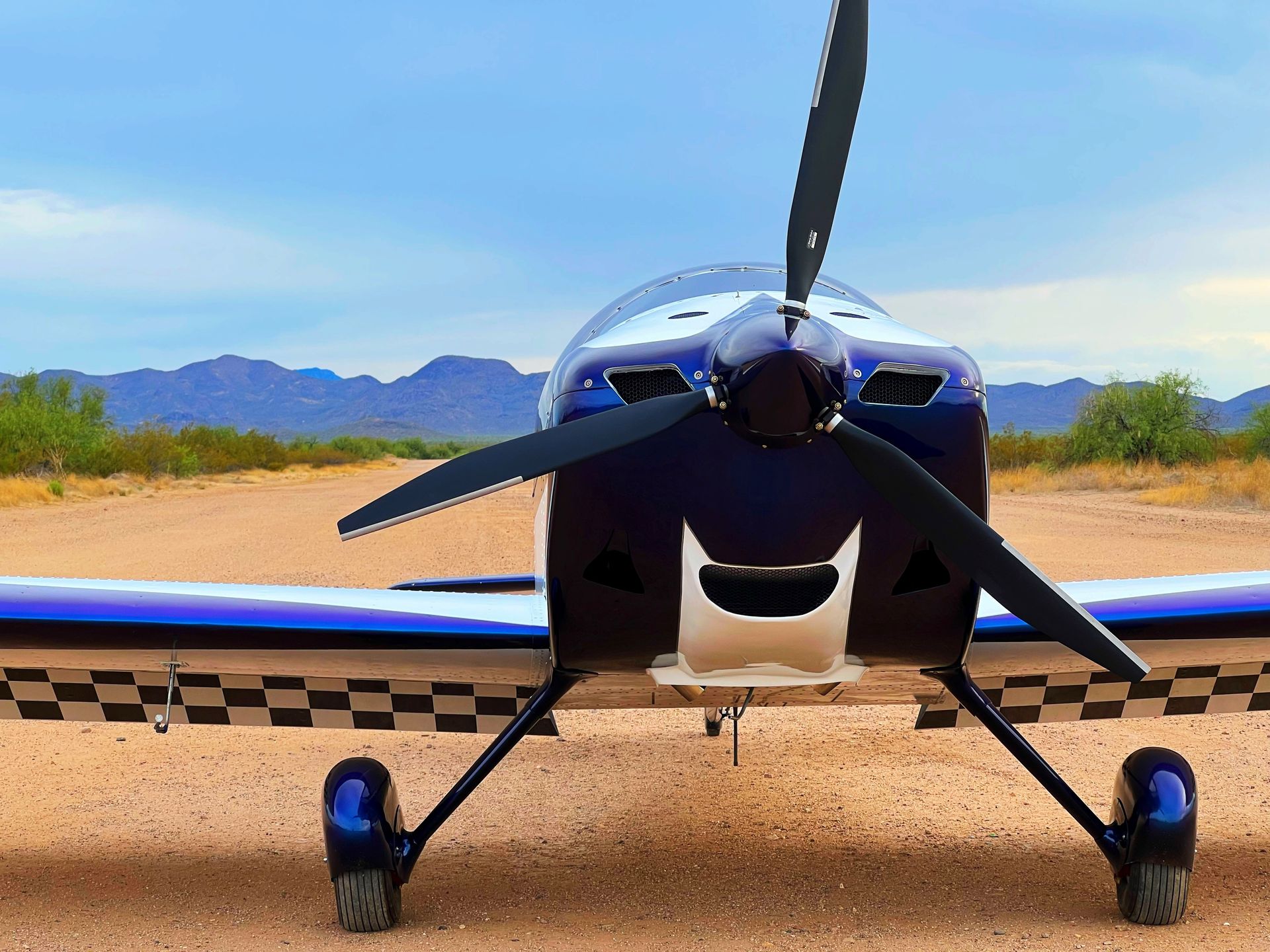
Warp Drive Propellers has been in business since 1988 and if you've been in the light-aircraft world for an extended period of time, you have seen their propellers. They produce the strongest propeller in the light-aircraft market, while producing impressive performance numbers, and made in America. They're such a great propeller an unnamed French company began to produce their version of the same propeller. Having flown behind many different propellers, a Warp was a no brainer to us when it came to the prop we wanted on our Sonex and on most the aircraft at our facility. We wanted something with 3 blades, great appeal, that could make our plane perform great. The proof is, "in the pudding," so to speak with the numbers we consistently get out of their propellers.
Getting back to it..
With no spinner options, we began to design our own. Something clean, simple, and affordable.
We found a supplier for full carbon spinner cones, however we had to come up with our plate assemblies. In this case we designed our plates around 75, 100, and 101.6 mm bolt patterns and Warp Drive's propeller hubs. This plate replaces the crush plate all together for your propeller, eliminating some extra weight and the need to purchase a plate for your propeller. Because our spinners do not use screws around the circumference, we use a center shaft, and a single clamping bolt in the tip of the spinner to clamp it in place. Our plates are chamfered to match the profile of the spinner so when the fastening bolt is torqued, it seats the plate snuggly in the cone which does not allow the spinner to rotate or move and essentially uses your hub as a "key." Our design is much like the skull cap spinners many people may be familiar with. While this design is not new, it is a take on an already effective design that has been in use for decades. With the latest technologies, we're proud to produce a spinner made from some of the strongest basic construction materials available.

Having designed this spinner around a Warp for Sonex aircraft, we realize people may want to use them with different propellers and different aircraft.
These spinners are available in 2 or 3 blade configuration's for a Warp Drive HPL hub, or can be ordered cut/uncut to fit other propeller hubs and installed on an aircraft of your choice. In the future we will be offering different bolt patterns to cater to different engines/gearboxes.
We are offering them for $360.
While spinners are not an especially hot topic, this is a fun product and exciting addition to our product line.
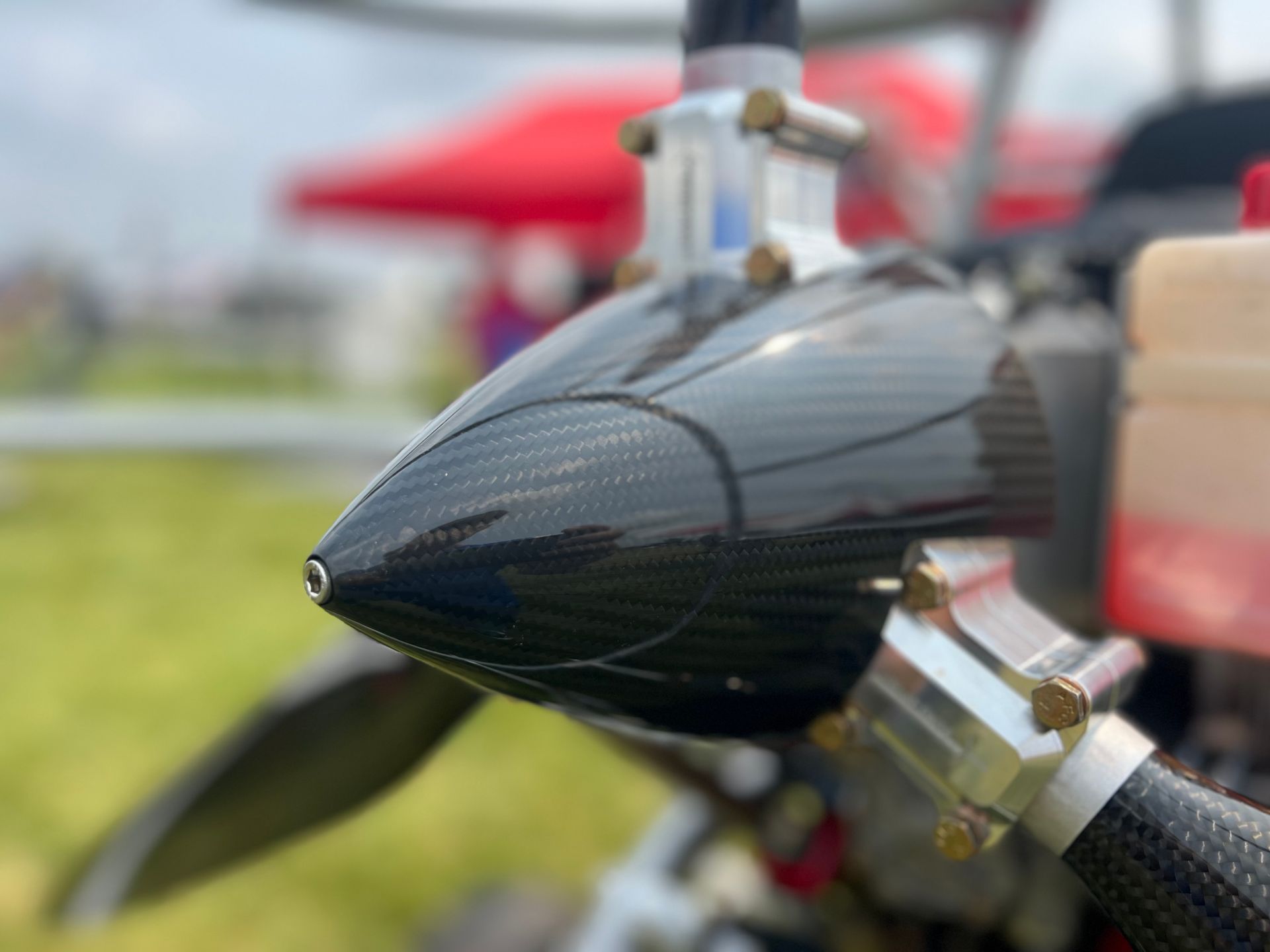
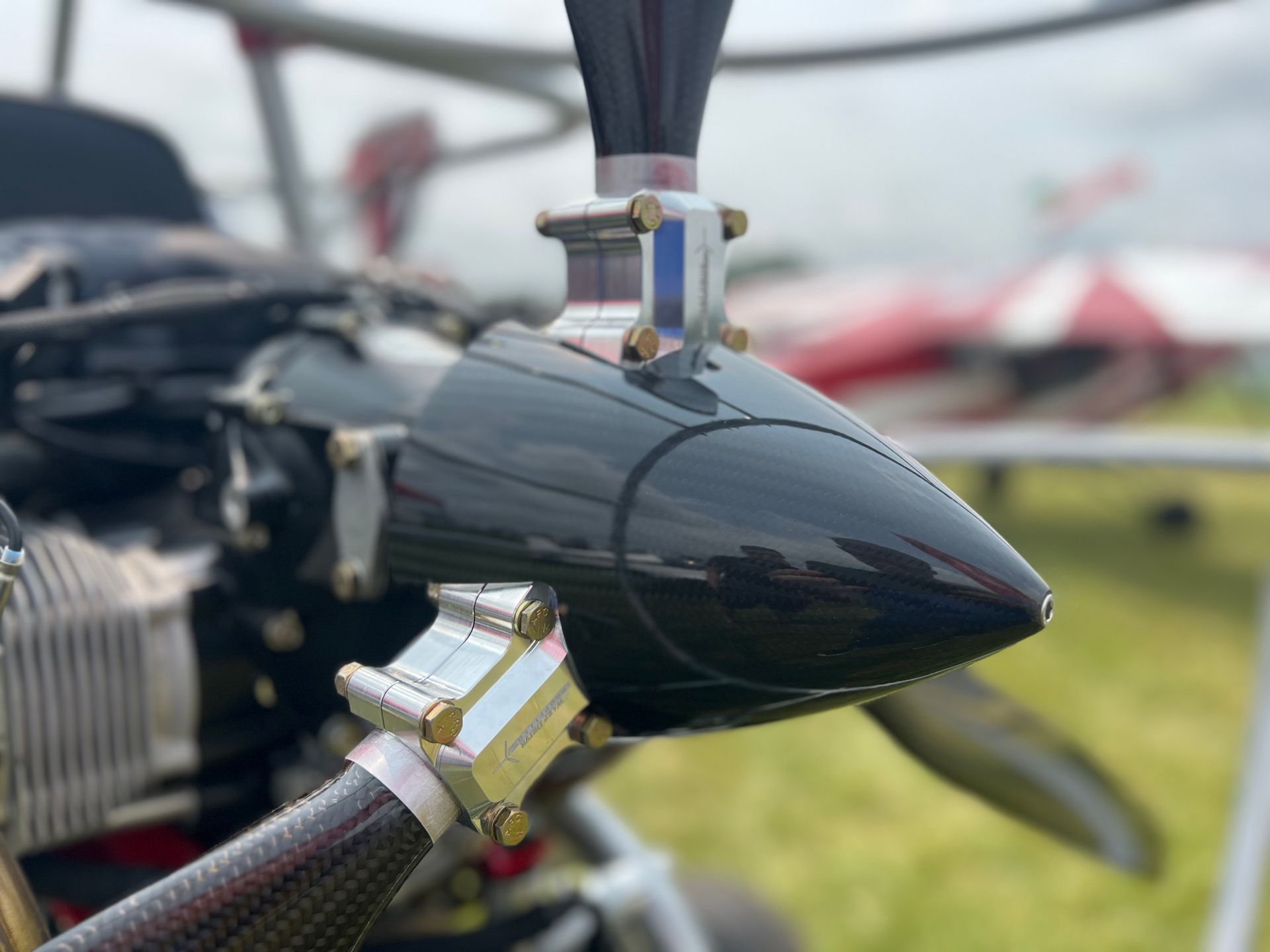
Latest News
